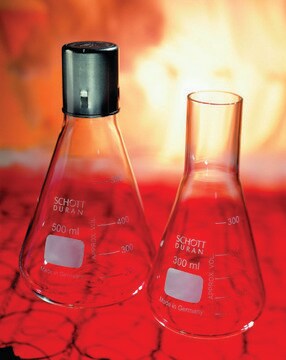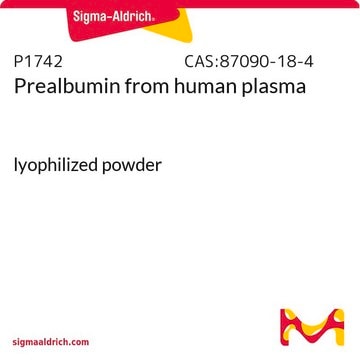HeLa-Mitotrap
15042201, human cervix, Epithelial, polygonal
About This Item
Polecane produkty
Nazwa produktu
HeLa-Mitotrap, 15042201
pochodzenie biologiczne
human cervix
opis
Human cervix carcinoma, knocksideways, rapid protein inactivation by rerouting to mitochondria for functional studies, genetically modified
tryb wzrostu
Adherent
morfologia
Epithelial, polygonal
metody
cell culture | mammalian: suitable
Warunki transportu
dry ice
temp. przechowywania
−196°C
Opis linii komórkowej
Linia komórkowa HeLa-Mitotrap jest stabilnie transfekowaną linią komórkową HeLa wyrażającą mitochondrialne białko wychwytujące zawierające domenę FRB. Termin FRB odnosi się do białka zawierającego domeny FKBP12 i Rapamycin Binding (FRB) w obrębie białka mTOR (mammalian Target of Rapamycin). Linia komórkowa Hela-Mitotrap może być transfekowana w celu ekspresji białka docelowego zmodyfikowanego genetycznie tak, aby posiadało domenę FKBP. Po poddaniu komórek działaniu rapamycyny białka docelowe zawierające domenę FKBP dimeryzują z domenami FRB. Powstałe kompleksy białkowe są sekwestrowane do mitochondriów.
Leczenie linii komórkowych zawierających zarówno białka wiążące rapamycynę FRB, jak i FKBP może sekwestrować białka docelowe do mitochondriów w ciągu kilku minut od leczenia, czyniąc komórki gotowymi do natychmiastowego testu. Tego typu podejście, określane jako "knocksideways", powinno być szeroko stosowane jako sposób inaktywacji białek w skali czasowej sekund lub minut, a nie dni.
Uzyskanie konstruktu ekspresyjnego do wytworzenia linii komórkowej HeLa wyrażającej FRB opisano w Motley et.al (2006, PMID: 17035630) Konstrukt Mito-YFP-FRB oparto na plazmidzie pEYFP-FRB (O. Glebov, MRC Laboratory of Molecular Biology, Cambridge, UK). N-końcowy sygnał sortujący Tom70p amplifikowano metodą PCR z genomowego DNA drożdży i sklonowano do plazmidu, a następnie sekwencję kodującą Mito-YFP-FRB przeniesiono do wektora retrowirusowego pQCXIH (Clontech), który zawiera gen oporności na higromycynę. Stabilne linie komórkowe wyselekcjonowano przy użyciu selekcji higromycyną.
pożywka hodowlana
Rutyna subkultury
Inne uwagi
Oświadczenie o zrzeczeniu się odpowiedzialności
Wybierz jedną z najnowszych wersji:
Certyfikaty analizy (CoA)
It looks like we've run into a problem, but you can still download Certificates of Analysis from our Dokumenty section.
Proszę o kontakt, jeśli potrzebna jest pomoc Obsługa Klienta
Masz już ten produkt?
Dokumenty związane z niedawno zakupionymi produktami zostały zamieszczone w Bibliotece dokumentów.
Nasz zespół naukowców ma doświadczenie we wszystkich obszarach badań, w tym w naukach przyrodniczych, materiałoznawstwie, syntezie chemicznej, chromatografii, analityce i wielu innych dziedzinach.
Skontaktuj się z zespołem ds. pomocy technicznej






